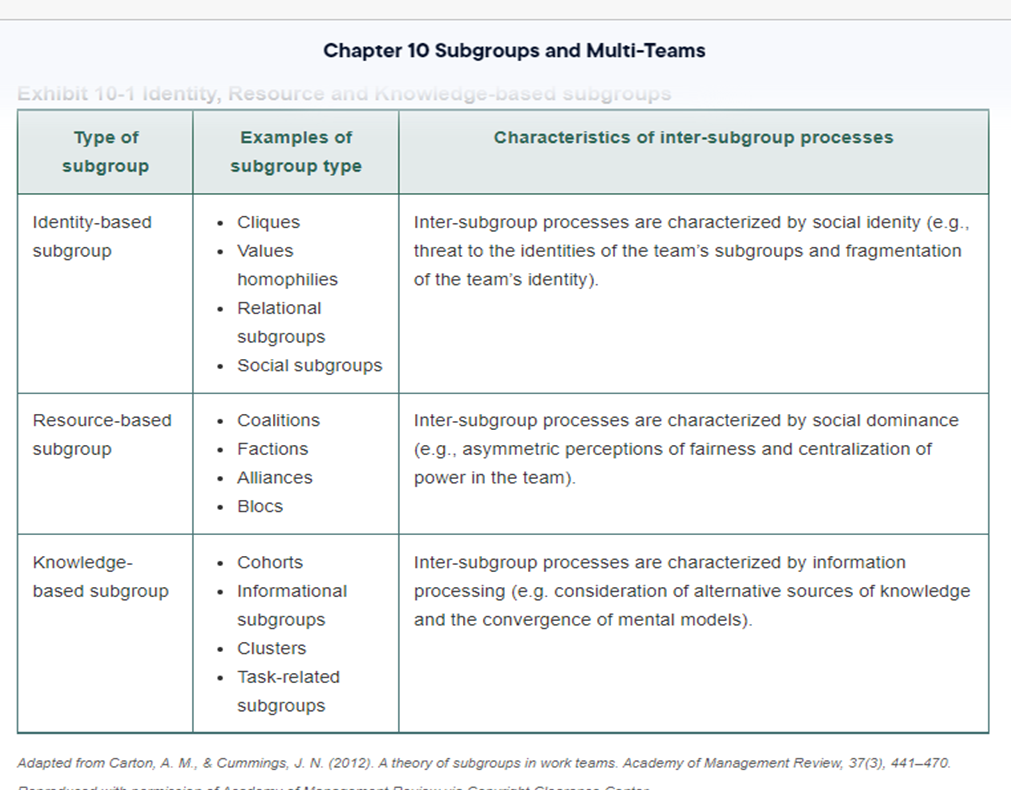Question
Chapter 10 - Mini Case Q & A Sharks CPA is adopting new accounting software and is looking to launch the new product in their
Chapter 10 - Mini Case Q & A
Sharks CPA is adopting new accounting software and is looking to launch the new
product in their various divisions across the firm. Management has created a diverse
group of employees to serve on the task force which will select the new software. The
taskforce includes 3 senior accountants who have been with the company since it
started, 1 person from HR, and 2 people from sales. The HR representative and one of
the people from sales play together on the company softball team on Saturdays.
Answer the following questions in full sentence format. Remember to use cited key terms, definitions, and theories from your textbook in each of your answers. In-paragraph citations (with page numbers) and a formal reference are always expected.
Expect to write 350 words for the question.
Reference: Chapter 10: Thompson, L. L. (2018). Making the team: A guide for managers. Pearson
Question: Discuss all three types of subgroups (Exhibit 10-1) and then identify the
subgroups likely to form within the taskforce.
Exhibit 10-1 is below:

Step by Step Solution
There are 3 Steps involved in it
Step: 1

Get Instant Access to Expert-Tailored Solutions
See step-by-step solutions with expert insights and AI powered tools for academic success
Step: 2

Step: 3

Ace Your Homework with AI
Get the answers you need in no time with our AI-driven, step-by-step assistance
Get Started


